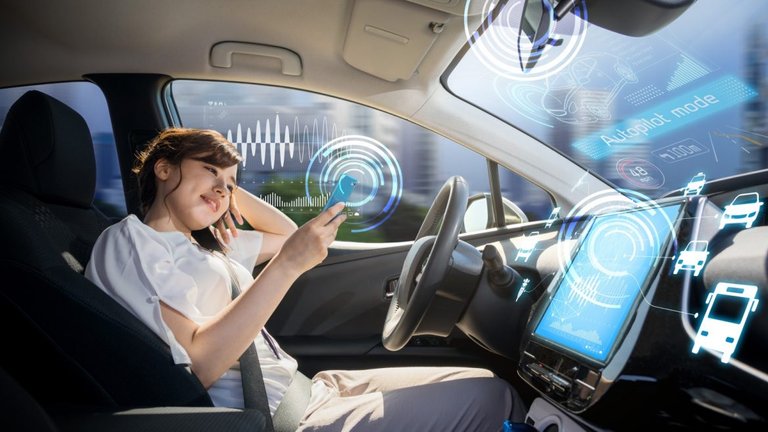
Autonomous driving is such a sensitive issue that community authorities want everything tied and tied. On paper, the new generation of mobile telephony 5g has solved the problems faced by the autonomous car in terms of communication: security in the delivery of messages, speed, bandwidth, ability to connect multiple devices and spectacular reduction of latency.
Not only on paper is it solved; in laboratory tests everything is fine. But it is different to be able to connect millions of equipment that make a car respond to a warning of a sudden braking of another car and act accordingly. That the network is capable of establishing these communications means that an accident is avoided or not and, therefore, that there are injured or deceased or not.
Any incident in which an autonomous car participates generates a stir of opinions. And that still catches us away ... Although not so much anymore. If the roadmap is being fulfilled soon we will start to see this type of vehicles through roads and cities. Yes, with driver at the wheel.

In our country, Telefónica has already set up a pilot to test the feasibility of 5G communications as a communication system for autonomous vehicles and is waiting for the signing of another agreement to take the study to international roads.
First steps
What is involved with these projects is to test the robustness of the system and its suitability to maintain the communication of the vehicles with the infrastructure, but also add the inter vehicular, since the 5G will take care of both.
During this year, Telefonica is deploying an LTE v2x network in Vigo, on the A52 motorway, as part of the Concorda project, developed by the EATA (European Automotive Telecom Alliance) at the proposal of the European Union. He is one of the five European pilots in this field; the other four are in France, Germany, Belgium and Holland.
The tests will be carried out during the next year with real cars and traffic (although with driver), and they have to answer the question of whether in real conditions the 5G network (in this case still simulated) will be capable enough for an autonomous car can dodge the previous car in a sudden braking or lane change, for example.

Crossing the frontier
If it is difficult for a car to receive a message from another car and act while maintaining communication with the antennas of the network infrastructure, what would happen if it had to change network because it changed country? Will latency be compromised?
To verify this, the same group that participates in the pilot of the A52 - besides Telefonica is the DGT, the PSA car group and the Galician Automotive Technology Center (CETAG) -, together with the DGT and the Portuguese Ministry of Industry, they are waiting for the EU to approve an international project between Vigo and Oporto.
Agustin Alarcion, responsible for everything related to the car connected to Telefonica, is confident that the definitive signature will be ready by the beginning of next year, and in 2020 pilots are being made on the highway between Vigo and Oporto.
The city

Automobile, 5G and Internet of Things are closely related. As a sample, another project in which the Spanish operator is working in the cities of Traversal de la Reina and Segovia can serve . In them, probably from this same summer, will be evaluated the suitability of 5G in the field of urban driving: how at an intersection a vehicle is able to know that another is approaching another street or if the signal arrives a traffic light.
If the tests on the highway will be carried out with the PSA group, the tests in the 5G pilot cities of Telefonica will be done with SEAT.

If you liked this post - Please resteem it and share good content with others!
Support My Work.

Bitcoin : 1FqpgzPScTn265f1G4YbajCMFamhKeqBJq
Litecoin : LMnVEPNgmdV26oAnwTEHs42Chd1Ci37nG2
Dash : XrGprbs2hiGPja4mYpKo7urew4YXDvrAmC

